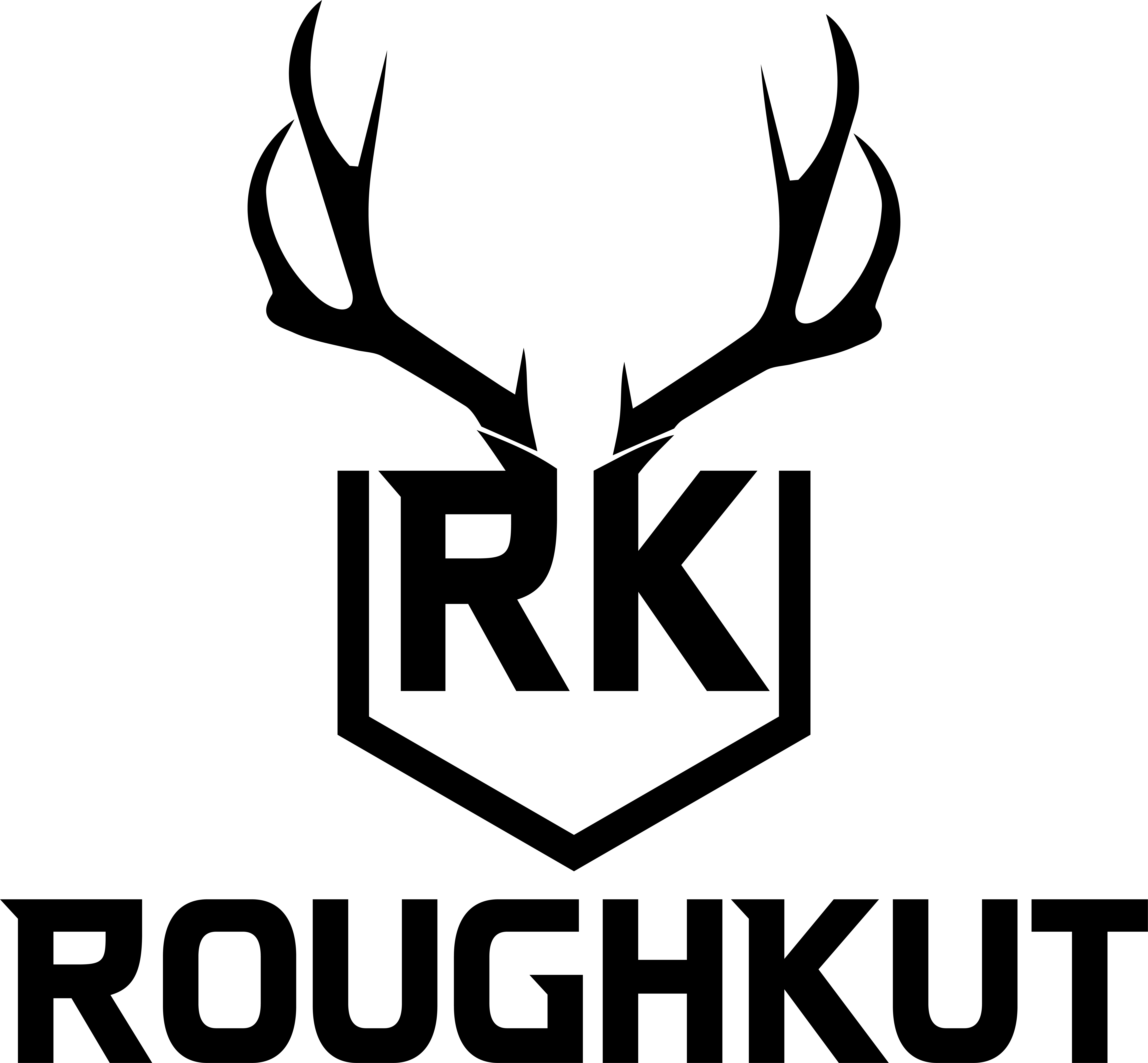How to Hunt and Find Deer Antler Sheds
Deer antler sheds are the cast-off antlers of deer that drop naturally in late winter and early spring. They can be valuable for collectors, crafters, or hunters who want to learn more about the deer in their area. Shed hunting is a fun and rewarding activity that can help you enjoy the outdoors and improve your scouting skills. Here are some tips on how to hunt and find deer antler sheds.
1. Scout for Winter Deer Activity
The first step to finding sheds is to locate where the deer are spending their time during the winter months. This may not be the same as where they were during hunting season, as deer tend to congregate in areas with the best food sources and cover this time of year. You can scout for winter deer activity by using trail cameras, glassing crop fields from a distance, or doing occasional on-foot recon. The trick is to avoid spooking the deer out of your area before they drop their antlers. You also want to monitor when most of the bucks have shed their antlers, which can vary depending on factors such as weather, stress, and nutrition. You can use trail camera photos or sightings to determine when most of the bucks are antlerless.
2. Focus on Prime Shed Hunting Areas
Once you have an idea of where the deer are and when they have shed their antlers, you can focus your search on the prime shed hunting areas. These are places where deer spend a lot of time or where antlers are likely to fall off due to physical contact or movement. Some of the best places to look for sheds are:
- Feeding areas: Deer need to eat a lot during the winter to survive, so look for sheds in places where they feed, such as crop fields, food plots, acorn flats, or browse lines. Check both in the open and along the edges of these areas, as well as any trails leading to them.
- Bedding areas: Deer also need to rest and conserve energy during the winter, so look for sheds in places where they bed, such as thickets, cedars, south-facing slopes, or brush piles. Check both inside and around these areas, as well as any trails leading to them.
- Travel corridors: Deer use travel corridors to move between feeding and bedding areas, as well as to avoid predators or human disturbance. Look for sheds along these routes, such as fence lines, creek bottoms, ridges, ditches, or logging roads. Pay attention to any obstacles or changes in terrain that may cause a deer to jump or turn its head, such as gates, bridges, culverts, or bends.
3. Use Binoculars and Vary Your Position
Shed hunting can be challenging because antlers can blend in with sticks, corn stalks, leaves, or snow on the ground. To increase your chances of spotting them, you need to use binoculars and vary your position. Binoculars can help you scan large areas quickly and confirm any potential antler sightings from a distance. Varying your position can help you see antlers that may be hidden behind a bush, log, or tuft of grass from one angle but visible from another. You can do this by standing on a log, squatting down low, or turning around to scan the area behind you. Do this repeatedly when you are in high-probability areas and slow down your pace.
4. Be Persistent and Enjoy the Process
Shed hunting is not easy and requires patience and persistence. You may not find any sheds on your first try or even after several outings. Don’t get discouraged and keep trying. Shed hunting is a great way to enjoy nature and learn more about deer behavior and habitat. You may also find other interesting things along the way, such as tracks, rubs, scrapes, skulls, or feathers. Shed hunting is also a great way to stay in shape and prepare for hunting season. Remember that shed hunting is not only about finding antlers but also about having fun and appreciating the outdoors.
How to Sell or Use Deer Antler Sheds
Deer antler sheds can be more than just trophies or decorations. They can also be a source of income or a material for various projects. Here are some ways to sell or use deer antler sheds.
How to Sell Deer Antler Sheds
If you have a collection of deer antler sheds that you want to sell, you have several options to find buyers and get a fair price. Here are some tips on how to sell deer antler sheds:
- Know the market value: The price of deer antler sheds depends on several factors, such as the quality, size, symmetry, species, and demand of the antlers. You can check online sources such as eBay, Craigslist, or antler buyer websites to get an idea of how much your antlers are worth. You can also contact local antler buyers in your area and ask for their current prices. Generally, fresh and brown antlers are worth more than old and white ones, and larger and symmetrical ones are worth more than smaller and irregular ones.
- Choose a platform: You can sell your antlers online or offline, depending on your preference and convenience. Online platforms such as eBay, Craigslist, or Facebook Marketplace can help you reach a wider audience and get higher bids for your antlers. However, you will also have to deal with shipping costs and fees. Offline platforms such as flea markets, outdoor trade shows, pet stores, taxidermy shops, or craft furniture stores can help you find local buyers and avoid shipping hassles. However, you may have to settle for lower prices and less competition.
- Create an attractive listing: Whether you sell your antlers online or offline, you need to create an attractive listing that showcases your antlers and entices buyers. You should include clear and high-quality photos of your antlers from different angles, as well as detailed descriptions of their quality, size, species, and any unique features. You should also include your contact information, location, price, and payment methods. You can also add some background information about how and where you found the antlers, as well as any stories or anecdotes that may interest buyers.
- Negotiate and close the deal: Once you have potential buyers interested in your antlers, you need to negotiate and close the deal. You should be polite and professional in your communication and respond to any questions or offers promptly. You should also be flexible and willing to haggle a bit if necessary. However, you should also know your bottom line and stick to it if the offer is too low. Once you agree on a price and payment method, you should arrange for the delivery or pickup of the antlers and confirm the receipt of payment.
How to Use Deer Antler Sheds
If you want to keep your deer antler sheds for yourself or give them as gifts, you have many options to use them creatively and practically. Here are some ways to use deer antler sheds:
- Make jewelry: Deer antler sheds can be used to make various types of jewelry, such as earrings, necklaces, bracelets, rings, or pendants. You can cut, carve, drill, polish, or paint the antlers to create different shapes and designs. You can also combine them with other materials such as beads, leather cords, metal chains, or feathers to add some flair.
- Make knives: Deer antler sheds can be used to make knives with unique handles. You can use the whole antler or a section of it as the handle for a blade made of metal or stone. You can also carve or decorate the handle with patterns or symbols. You can use these knives for hunting, camping, cooking, or display.
- Make lamps: Deer antler sheds can be used to make lamps with rustic charm. You can use one or more antlers as the base for a lampshade made of fabric or paper. You can also wire the antlers with light bulbs or candles to create a chandelier or a sconce. You can place these lamps in your living room, bedroom, cabin, or lodge.
- Make crafts: Deer antler sheds can be used to make various crafts such as ornaments, wreaths, candle holders, coasters, picture frames, wall hangings, or sculptures. You can use the whole antlers or cut them into pieces to create different shapes and forms. You can also paint




